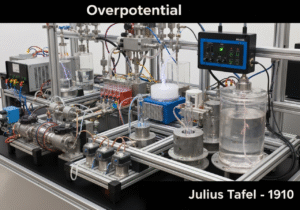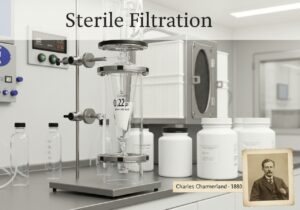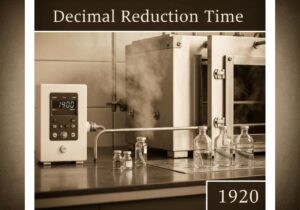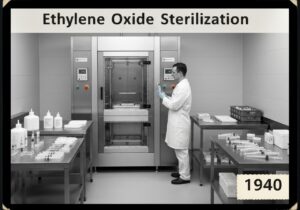建立文件证据,证明设备和流程安装正确、按预期运行,并产生符合预定规格的一致、优质结果。
- 方法: 客户与营销, 构思, 产品设计
IQ OQ PQ

- 现行良好生产规范(cGMP), 流程改进, 质量保证, 质量控制, 质量管理, 质量管理体系(QMS), 风险管理, 验证, 验证
IQ OQ PQ
- 现行良好生产规范(cGMP), 流程改进, 质量保证, 质量控制, 质量管理, 质量管理体系(QMS), 风险管理, 验证, 验证
目标
如何使用
- IQ (Installation Qualification): Verifies that the equipment is installed correctly as per manufacturer's specifications and design requirements. OQ (Operational Qualification): Tests the equipment to ensure it operates within specified limits across its operating range. PQ (Performance/Process Qualification): Verifies that the equipment, when used with the actual manufacturing process, consistently produces product meeting all predetermined requirements under normal operating conditions.
优点
- Ensures regulatory compliance (especially in pharma/medical devices), systematic 验证, reduces risks of equipment failure, ensures consistent product quality, provides thorough documentation.
缺点
- 可能耗费大量时间和资源,需要详细的规划和执行,可能需要大量文件,如果管理不善,可能会被认为过于官僚。
类别
- 工程, 制造业, 质量, 风险管理
最适合:
- 对制药、医疗器械和生物技术等受管制行业的设备和工艺进行验证,以确保始终如一的质量和合规性。
The IQ OQ PQ methodology is pivotal in industries such as pharmaceuticals, biotechnology, and medical devices, where precision and compliance with stringent regulations are mandatory. In the installation qualification (IQ) phase, a thorough assessment is conducted to confirm that the equipment is installed according to the manufacturer’s specifications and meets all necessary design requirements, incorporating aspects like environmental conditions and utility connections that could impact performance. The operational qualification (OQ) phase deploys specific tests to confirm that the equipment functions within pre-defined operational limits and can perform under various conditions, enabling teams to document and manage any variability in operation design. Following these validation steps, the performance qualification (PQ) phase involves executing processes using the actual manufacturing environment, ensuring that the equipment produces products that meet quality specifications consistently. Teams typically include quality assurance personnel, manufacturing engineers, validation specialists, and often regulatory affairs experts, providing a multi-disciplinary approach to validation that enhances reliability. This methodology is prominently applied during the 生命周期 of equipment, particularly during new system installations, major upgrades, or before the launch of production lines, ensuring that any new equipment not only fulfills operational demands but also adheres firmly to compliance standards set by regulatory bodies such as the FDA or EMA. Extensive documentation generated throughout the IQ OQ PQ process serves not only as proof of compliance but also as a critical reference for future audits and operational assessments, allowing companies to mitigate risks related to equipment failure and variability in product output while cultivating a reputation for quality and trustworthiness in the market.
该方法的关键步骤
- Verify that installation meets design specifications and manufacturer guidelines.
- Check connections, power supply, and hardware configurations.
- Ensure safety features and alarms are operational.
- Conduct functional tests to evaluate operational capability across the intended operating range.
- Document all tests and outcomes to demonstrate compliance with operational standards.
- Run tests with actual product conditions to confirm consistent performance under normal operations.
- Validate that the output meets design specifications for quality and integrity.
- Document performance results and confirm adherence to quality requirements.
专业提示
- Involve cross-functional teams during the IQ, OQ, and PQ phases to identify potential issues early and ensure all design and operational specifications are met.
- Implement risk management strategies, such as Failure Mode and Effects Analysis (FMEA), to prioritize validation activities based on potential impact on product quality and compliance.
- 利用 统计过程控制 (SPC) during PQ to monitor process stability and product consistency under normal operating conditions, ensuring ongoing compliance and quality assurance.
历史背景
1800-05-02
1880
1910
1940
1950
1970
1983
1834-01-01
1880
1920
1940
1950
1975
1997
(如果日期不详或不相关,例如 "流体力学",则对其显著出现的时间作了四舍五入的估计)。














相关文章
肌肉骨骼不适调查表
多变量测试(MVT)
多元回归分析
动作捕捉系统
MoSCoW 方法
情绪中值测试